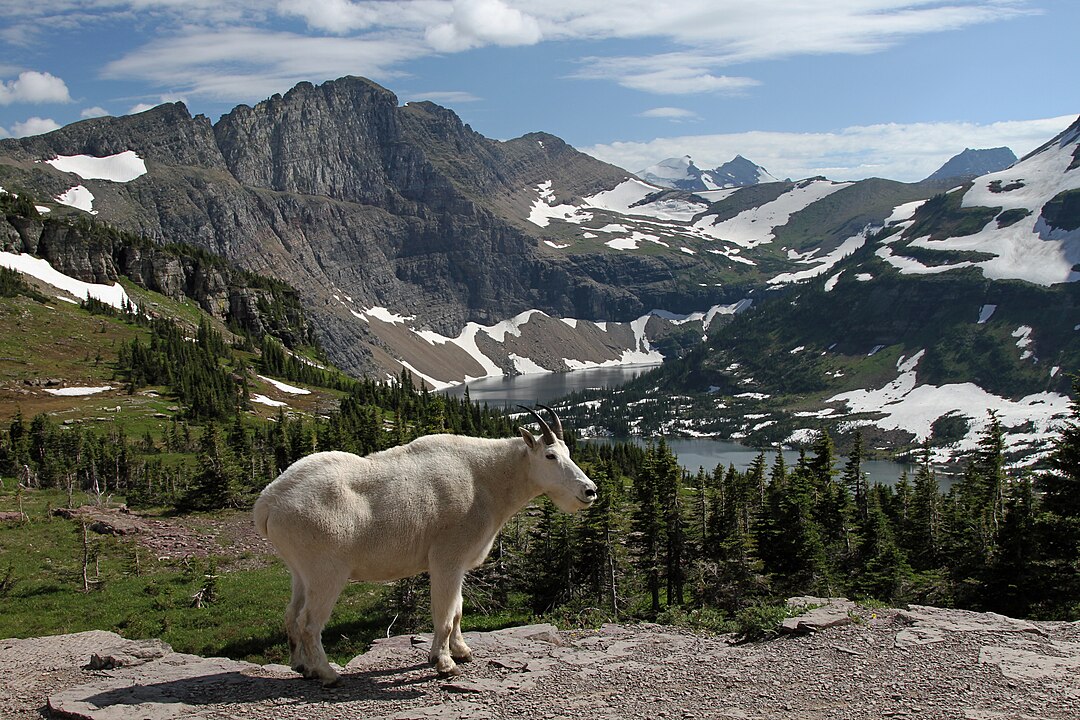Crowds keep climbing, and destinations are pushing back with price signals and headcount limits. The intent is not to shut doors. It is to keep streets walkable, ecosystems intact, and daily life possible for residents. Fees fund maintenance and conservation. Caps protect delicate places that cannot expand.
Venice, Italy Expands Day-Tripper Controls

Venice is extending seasonal day-visitor controls to curb peak crowding in the historic core. Advance booking with a small entry fee nudges arrivals toward less hectic days and hours, while guests with lodging remain exempt. Turnstile style monitoring at key approaches helps the city understand flows and target enforcement. Results are not perfect, but midday crushes on spring and summer weekends have started to ease across major call points.
Bali, Indonesia Introduces Provincewide Visitor Levy
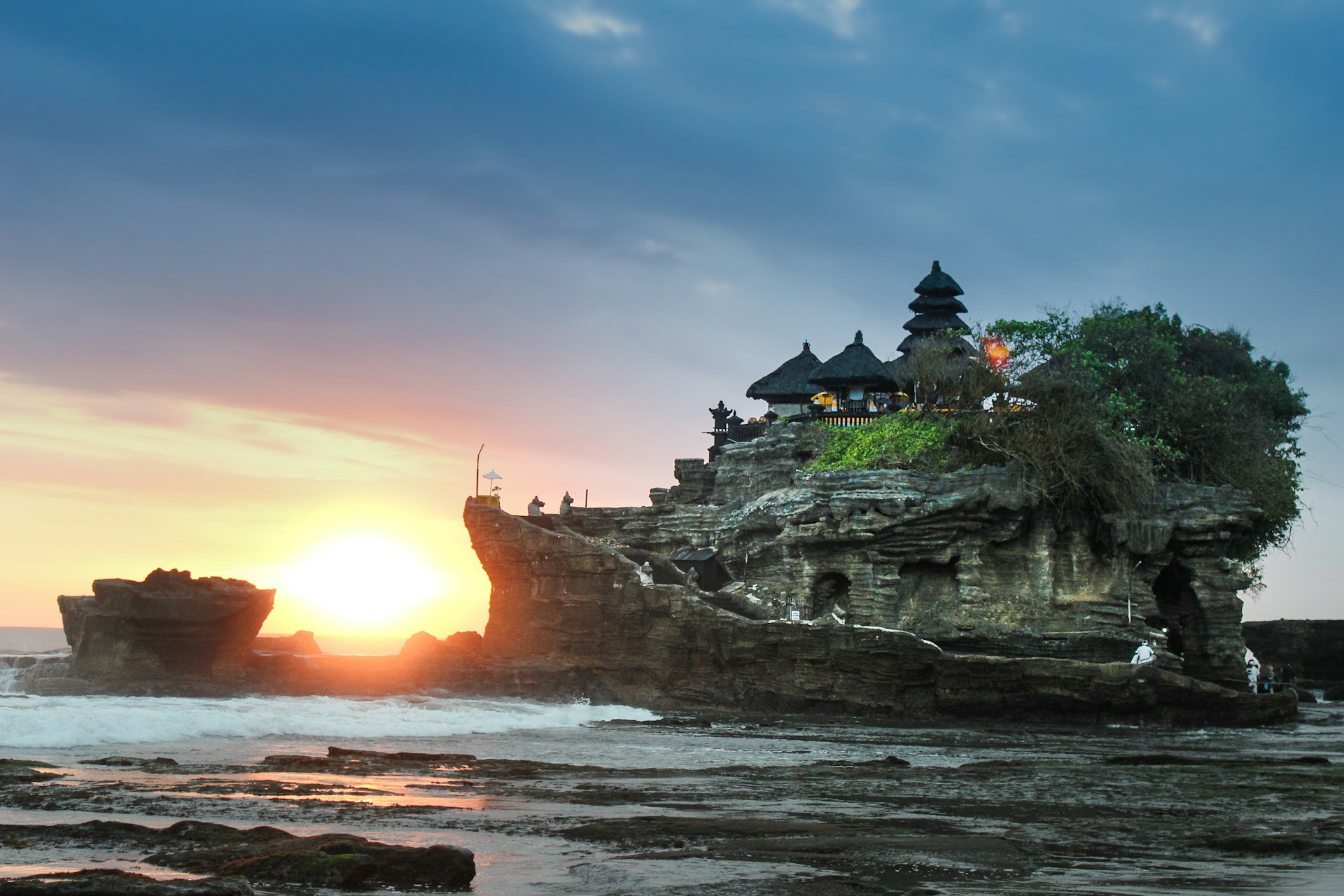
Bali now collects a modest provincewide levy to back cultural preservation and environmental work. Funds are directed to waste systems, temple upkeep, reef restoration, and community projects that absorb tourism’s real costs. Payment channels at the airport are being joined by online prepay options to improve compliance. The fee sits alongside visas and local rules, and signals that island stewardship is as central as hospitality.
Amsterdam, Netherlands Raises Tourist Taxes
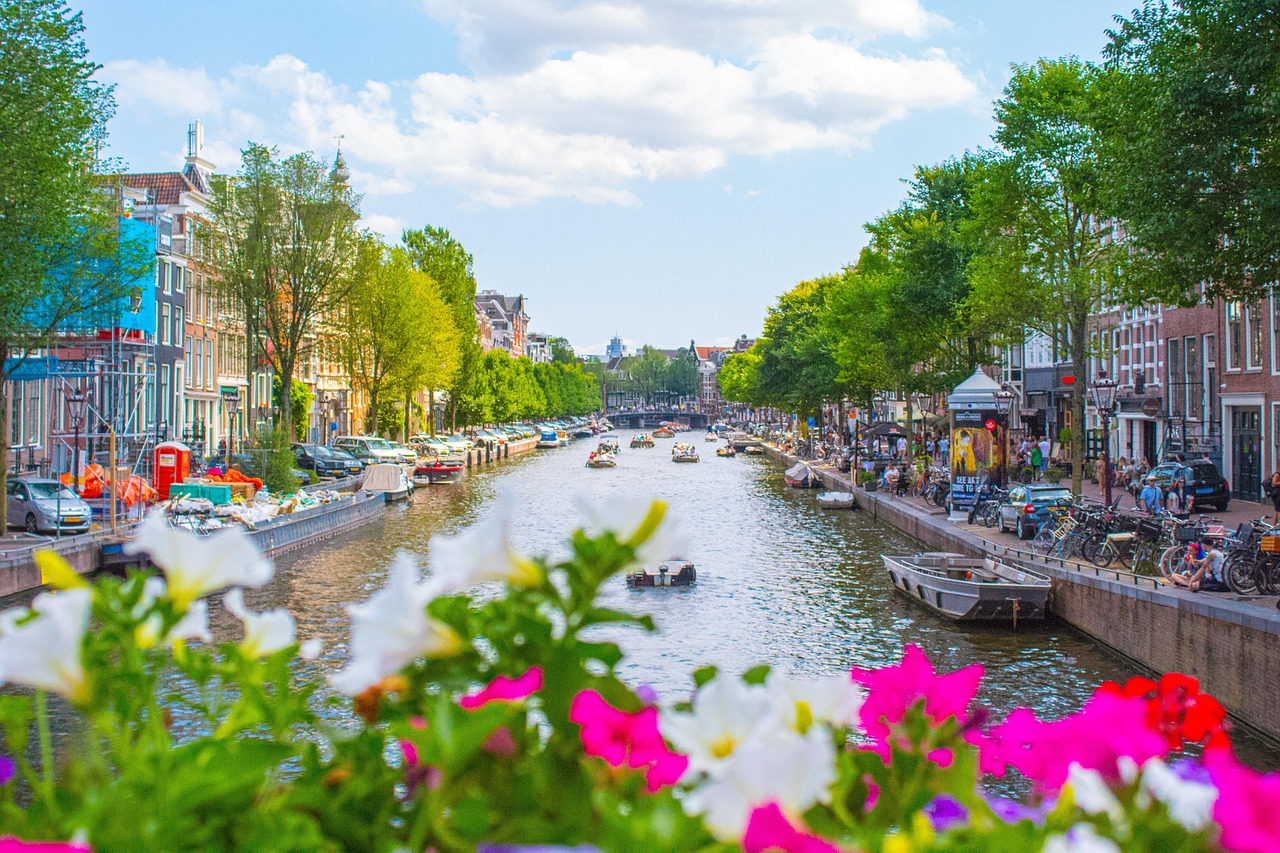
Amsterdam has lifted accommodation taxes and tightened rules on cruise stops to reduce pressure on the medieval center. The plan pairs higher overnight rates with a per passenger charge on day visitors, asking short stays to contribute to cleanup, transit, and public safety. Caps on ship calls and limits on hotel growth reinforce the signal. The city aims for livelier neighborhoods after sunset without the late night strain.
Barcelona, Spain Adjusts Cruise Flows And Fees
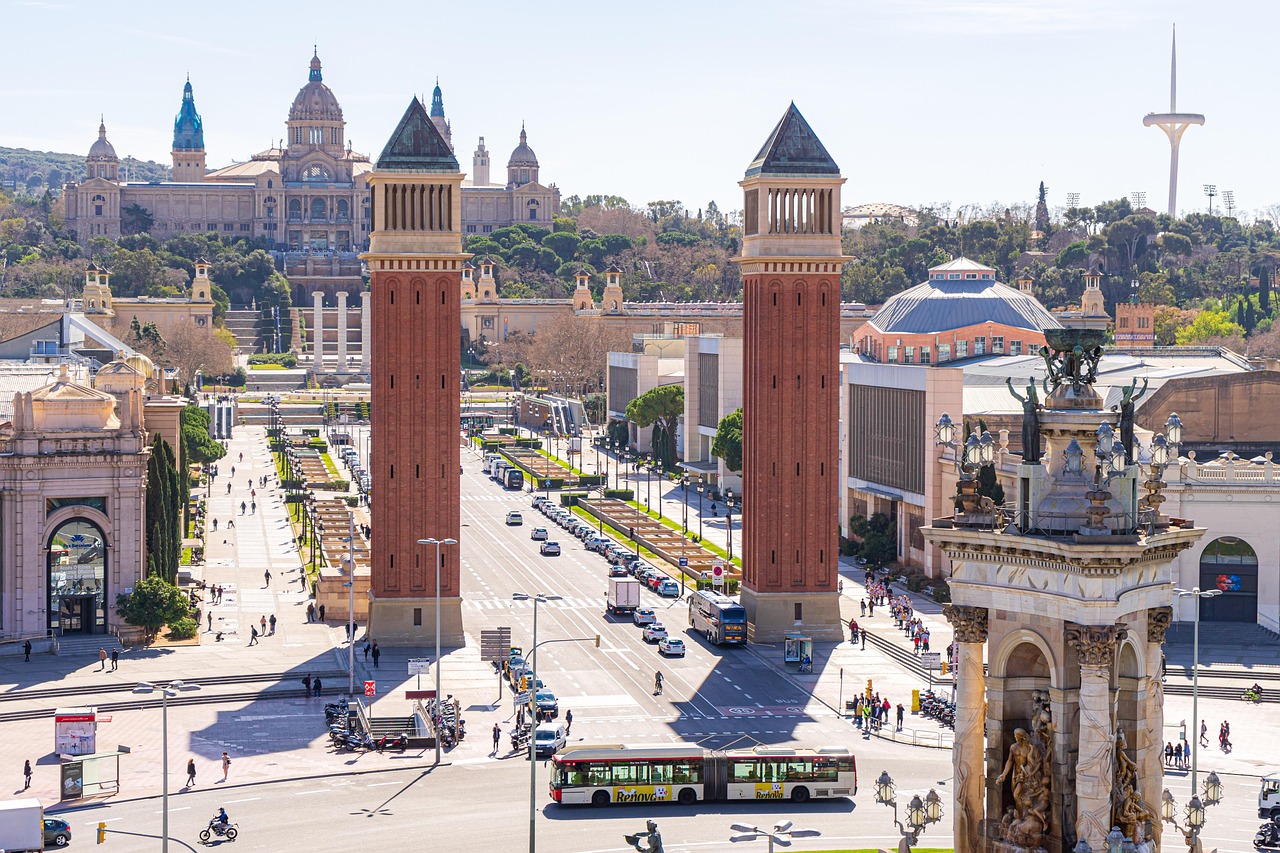
Barcelona and Catalonia have increased cruise related charges and are consolidating terminals farther from the city’s tightest quarters. Fewer berths close to La Rambla mean fewer surges into the old town at the same hour. Pricing works hand in hand with scheduling to smooth daily peaks. Officials say the goal is a port that remains a gateway for longer stays, not a conveyor belt of short, high impact calls.
Santorini, Greece Caps Daily Cruise Arrivals
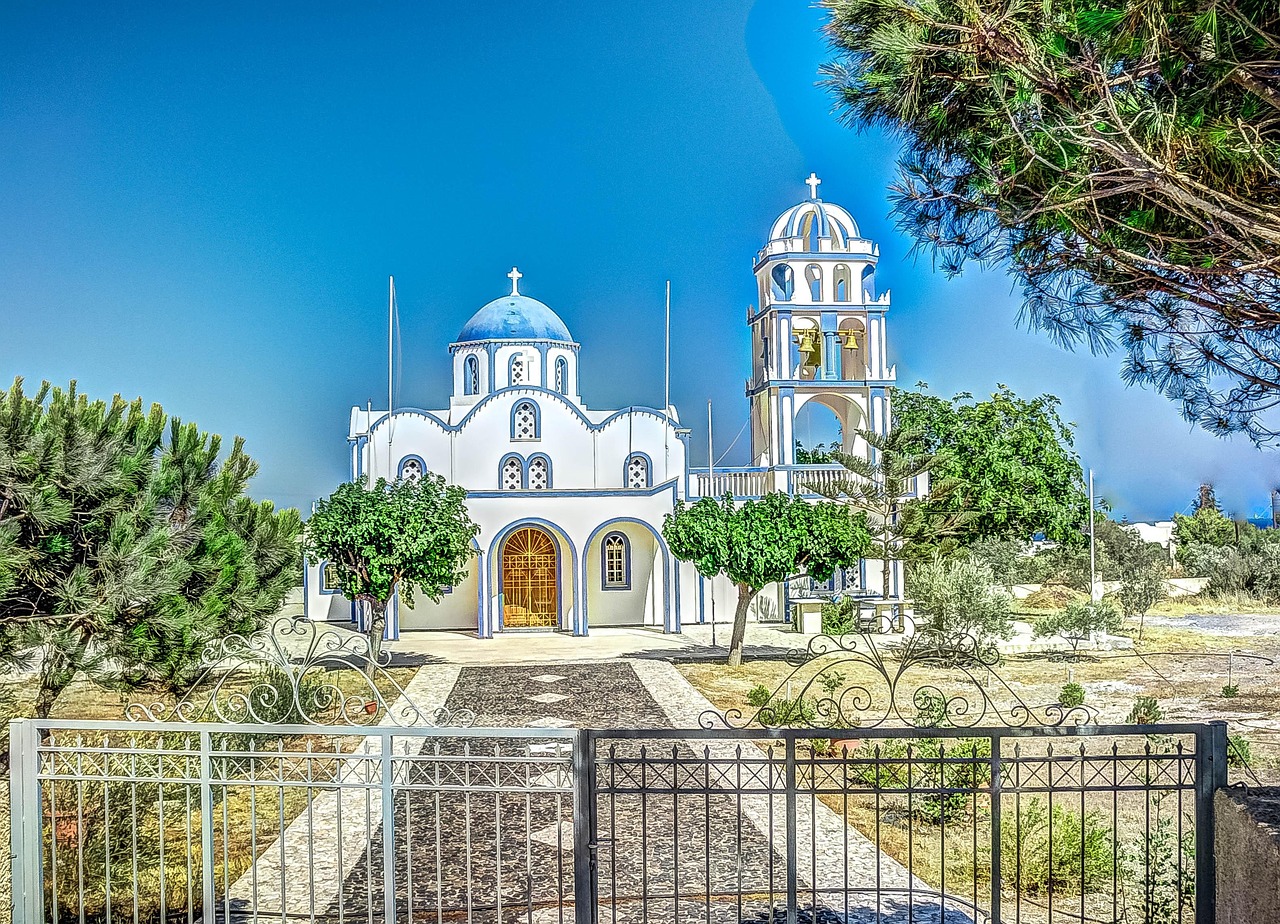
Santorini enforces a firm daily ceiling on cruise passengers to protect narrow lanes and cliffside towns. Berthing schedules are staggered and coordinated with tender operations to reduce midmorning bottlenecks. Local leaders argue that a capped day is better than a gridlocked one, for residents and for visitors who actually want to see the caldera. In high summer the change is visible on steps, squares, and bus queues.
Mount Fuji, Japan Adds Trail Fees And Gates

Mount Fuji has moved from suggested donations to a standard trail fee that backs safety patrols, toilet upkeep, and erosion control. Gates and counters on the busiest routes help meter crowds during the short July to Sept. season. Advance registration on select approaches spreads demand across times and trails. The result is steadier pacing above the treeline and better support for mountain huts that anchor the climb.
Machu Picchu, Peru Tightens Time-Slotted Entry

Machu Picchu now sells time slotted tickets by defined circuits, limiting daily capacity and guiding foot traffic more evenly. Smaller guided groups and stricter routing protect stonework and terraces that suffer under constant vibration. High season slots vanish early, pushing travelers toward shoulder months when the site breathes more easily. The experience is calmer inside the citadel, and the valley sees fewer frantic last minute scrambles.
Galápagos, Ecuador Increases National Park Fee
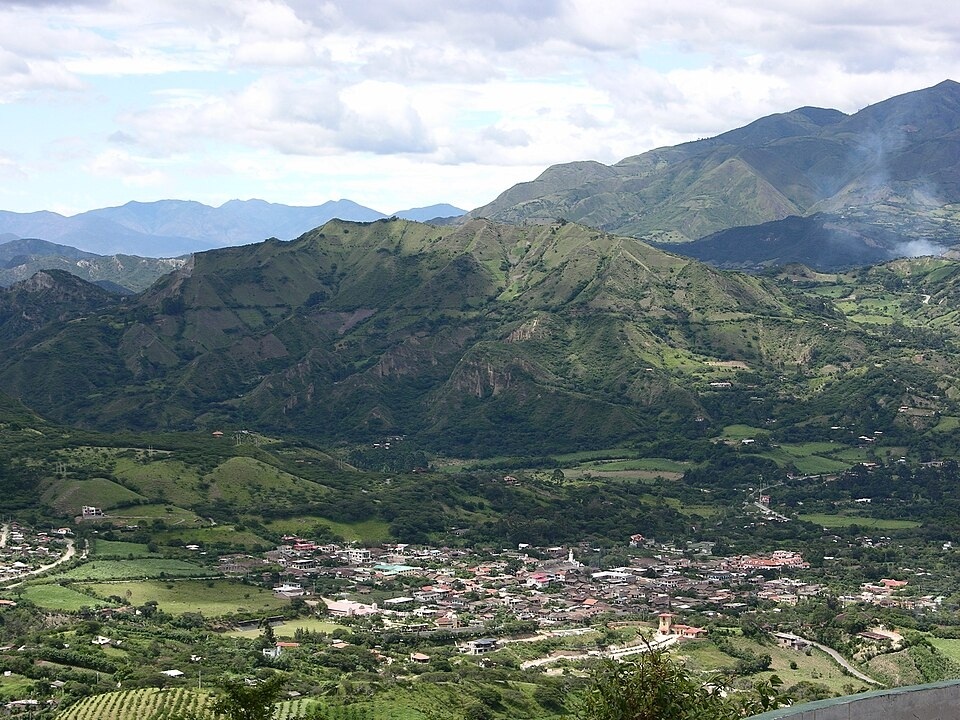
The Galápagos National Park has raised its entry fee for international visitors, the first significant change in decades. Revenue supports invasive species control, ranger patrols, and visitor management across fragile islands that absorb global demand. Differential pricing protects residents and regional travelers while asking long haul tourism to cover more of the true cost. The islands have finite carrying capacity, and the policy admits it plainly.
Glacier National Park, United States Expands Timed Entry
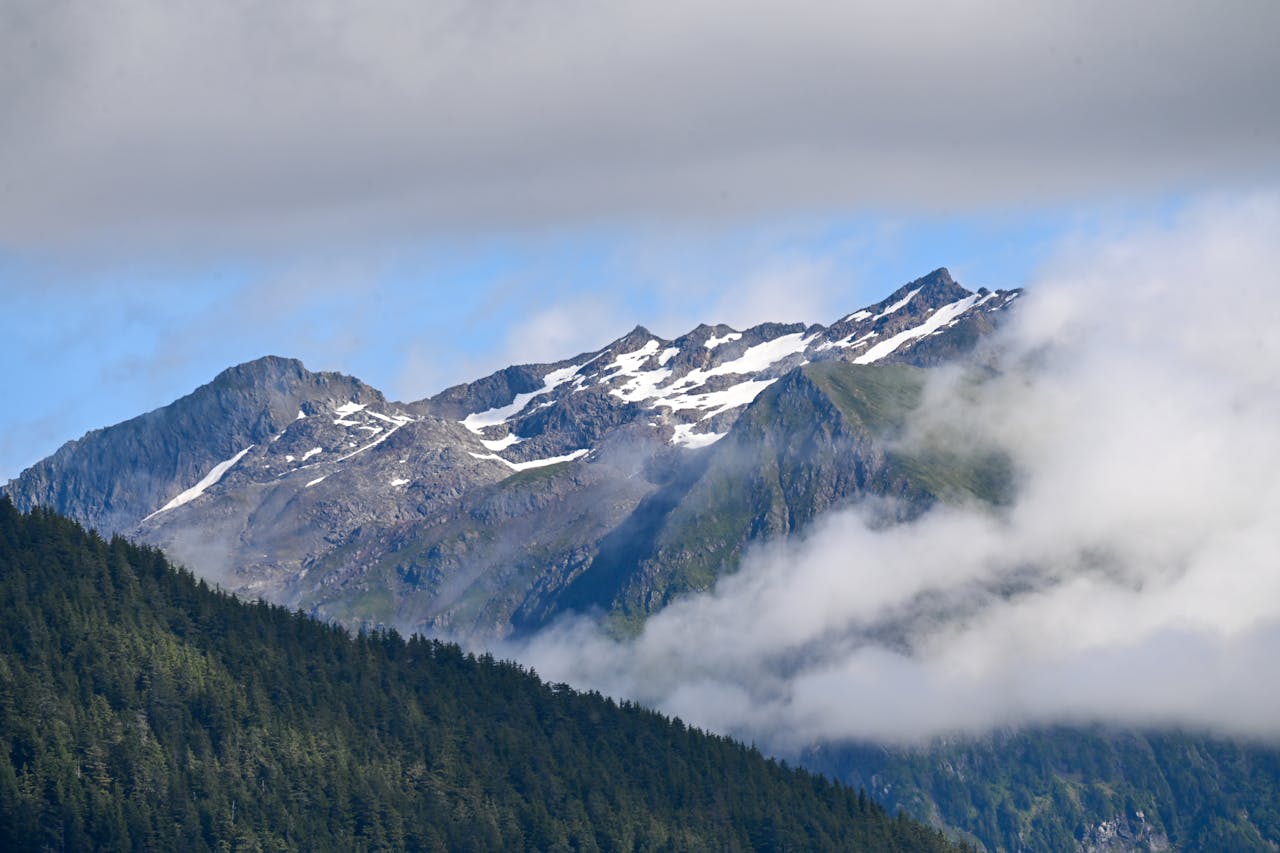
Glacier requires vehicle reservations for marquee road segments during peak months, layered on top of standard park passes. Release windows spread bookings across days and hours, and separate gates keep backcountry areas from being overrun by day traffic. Not every entrance needs a ticket at all times, which encourages dispersal. Parking still fills quickly, but the chaos at dawn has eased as patterns settle in.
Hawaiʻi, United States Adopts A Statewide Green Fee
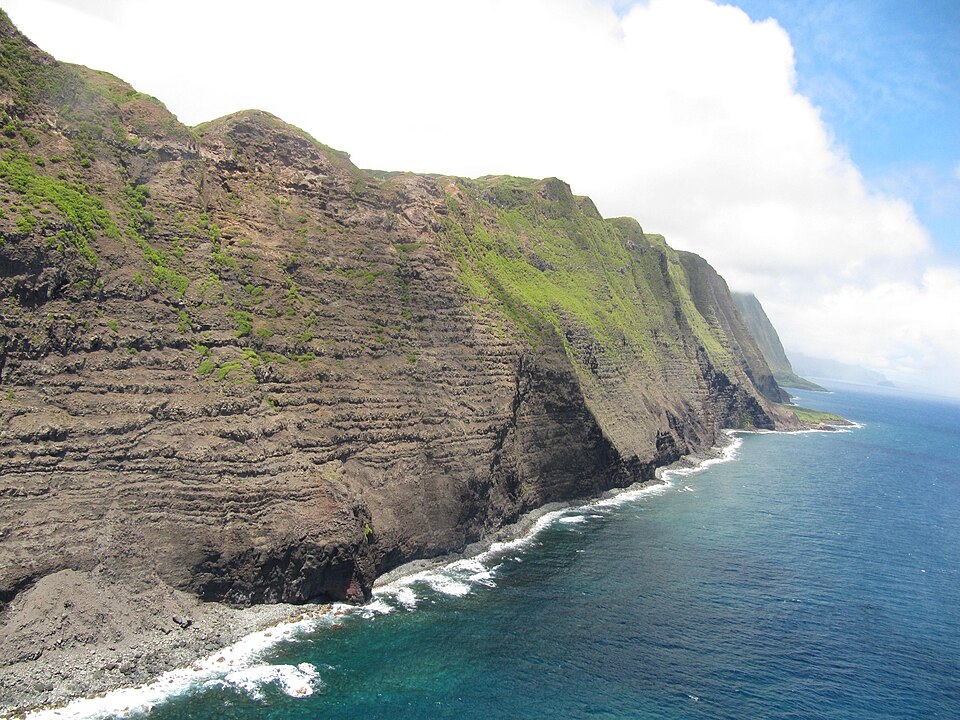
Hawaiʻi has enacted a statewide visitor impact fee routed through the accommodations tax, with proceeds dedicated to climate resilience and restoration. Cruise visits carry a parallel levy prorated by hours in port. The program funds coral recovery, wildfire defense, trail repair, and cultural site stewardship. It marks a shift from project by project fixes toward long term, island wide care that treats tourism as a partner in upkeep.
